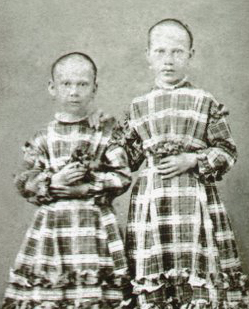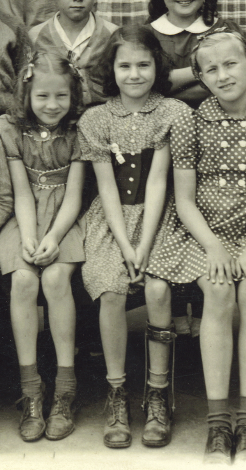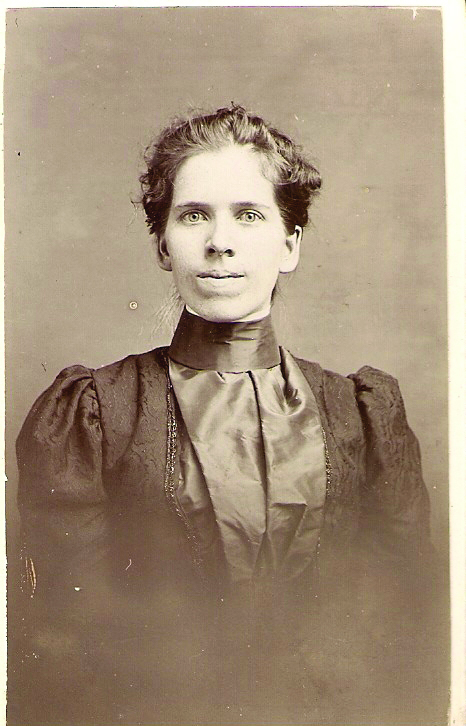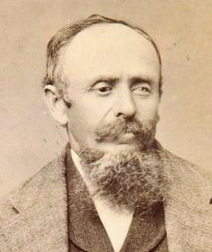Sign up for the Family Tree Newsletter Plus, you’ll receive our 10 Essential Genealogy Research Forms PDF as a special thank you!
Get Your Free Genealogy Forms
"*" indicates required fields
Health history clues might be staring you right in the face—in family photos showing evidence of conditions from hair loss to dental problems to warts. The devil is in the details, so scan photos at a high resolution and enlarge them on your computer screen, or use a photographer’s loupe to examine prints. A doctor might be able to help you identify medical problems in photos. Also see the December 2009 Medical Attention article on researching your family health history.
Look at hands: Missing fingers can signify a farming or industrial accident. Lost limbs could indicate a worse accident or military service—before antibiotics, doctors would often pre-empt infection by amputating injured legs and arms.
Here are other examples of visible medical problems.
1. Two little girls’ hair loss tells a story.

This photo of unidentified girls dates from the 1870s. Someone might have shorn their heads due to lice or illness (cutting hair was thought to preserve strength and reduce fevers).
Alternatively, these girls could have a condition such as alopecia (spot baldness) or Norwegian woolly hair (tightly curled, brittle hair that breaks off).
2. The Polio epidemic was more widespread than we can imagine now.

Rachel McPherson’s grandmother, seated in the front row, wore a leg brace because of childhood polio, which caused a deformity in her left foot.
3. At first glance, it looks like she is simply hiding her hand.

The growths on this young woman’s hand suggest a skin condition. Her other hand, hidden behind her back, is likely also affected.
4. This woman is not just clenching her jaw. The swelling around her mouth indicates more.

Linda Merlino sent in this circa-1889 picture of a woman with swelling around her mouth. My dentist suggested she could have abscessed teeth, a pronounced jaw or a condition known as Angioneurotic edema (tissue swelling)—or she might be nursing a wad of chewing tobacco.
5. If eyes are two different colors, one may be glass.

This unidentified man’s right eye is glass. He could have lost the eye in an accident, or because of an infection or a disease such as diabetes.
6. An enlarged head indicates health problems.

Judy Linnebach believes this photo shows a relative, about age 1 here, who died at 16 of interstitial nephritis (inflammation of the kidneys) with a secondary cause of congenital hydrocephalus (excess fluid around the brain).
ADVERTISEMENT




